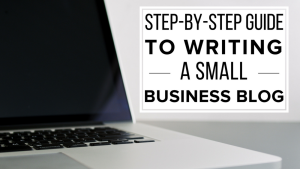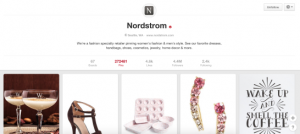Bombardier’s new logo is part of a growing trend: naming your logo
Similar to Nike’s ‘Swoosh,’ Bombardier’s new logo, dubbed ‘Mach,’ is a kind of branding for branding.
The new logo introduced recently by Canadian jetmaker Bombardier is not only sleek and striking, but boasts a feature that is becoming a must-have for any symbol aspiring to prominence: a name. It is called the “Mach,” in line with the company’s description of the logo as the silhouette of an aircraft breaking the sound barrier.
Certain logos have been acquiring names of various sorts for quite some time now. Perhaps the best-known logo sobriquet belongs to Nike’s “Swoosh.” Its name evokes speed and motion (and just sounds cool). But even as far back as 1932, brands were giving their logos nicknames. That’s when the British Airways mark dubbed the “Speedbird” was introduced; it would be used for over a half-century by the brand and its predecessors. A classic of early trademark design, the Speedbird might, in its avian abstractness, be deemed the Mach’s graphic great-granddaddy. The name was so popular that it outlived the symbol itself and survives in use today as the airline’s callsign.
Many logo names seem to have emerged organically and unofficially as nicknames. They offer a way for people—often employees of the company the logo represents—to easily talk about the logo itself. Some are merely descriptive, like the CBS “Eye,” or rather generic like the circular symbols of General Electric or NASA that have been dubbed “meatballs.” Others, like Delta’s “Widget” or Microsoft’s bygone “Blibbet,” seem to reflect a need to simply have some term to refer to an abstract logo that would be otherwise difficult to describe.
Certain nicknames, though irreverence and humor, indicate a sort of affection for the logo and, presumably, its associated brand: Chase’s “Beveled Bagel,” United’s “Tulip,” Quaker Oats’ “Larry” trade character, or, for that matter, Twitter’s “Larry the Bird” (RIP). Conversely, there are nicknames that ooze derision or animus, such as AT&T’s “Death Star” or UPS’s “Golden Combover.”
Other logos had more formal names. Those like 1960’s Steelmark and 1964’s Woolmark needed names because they represented industry categories, rather than specific brands. Other symbols, like those of the Olympic Games of 1972 (Strahlenspirale, “Spiral of Rays”) and 1984 (Stars in Motion), received titles like works of art.
Eventually, brands and the agencies designing for them realized that they could try to preempt a potentially negative nickname by christening a logo with an “official” name before its ink dried. Because names were used to discuss logos, assigning a name was a way to attempt to control how logos were talked about. Enter examples like BP’s “Helios,” Bank of America’s “Flagscape,” and Decathlon’s recent “L’Orbit.”
Additionally, a name could help shape a logo’s meaning, which was particularly important for abstract symbols that were ripe for multiple interpretations. In the face of an assortment of anatomical readings of its new 2014 logo, Airbnb leveraged the mark’s “Bélo” name to try to convince users that it represented love and belonging.
The formal logo name didn’t always stick, though. The 1990s saw monikers like Imation’s “Hand of Imagination” or Lucent’s “Innovation Ring,” grandiose mouthfuls that were virtually begging to be usurped by nicknames. Sure enough, the Lucent mark soon became known in some quarters as “the flaming asshole.”
It would seem prudent, then, to keep logo names short—just a couple of syllables—and to ensure that they are evocative and memorable. Bombardier’s Mach succeeds on all counts.
A final benefit of naming a logo is that it imbues the mark itself with an identity, and with it a sense of being “bespoke,” rather than “off the rack.” This sort of naming is, in a funny way, branding for branding.
ABOUT THE AUTHOR
(19)






